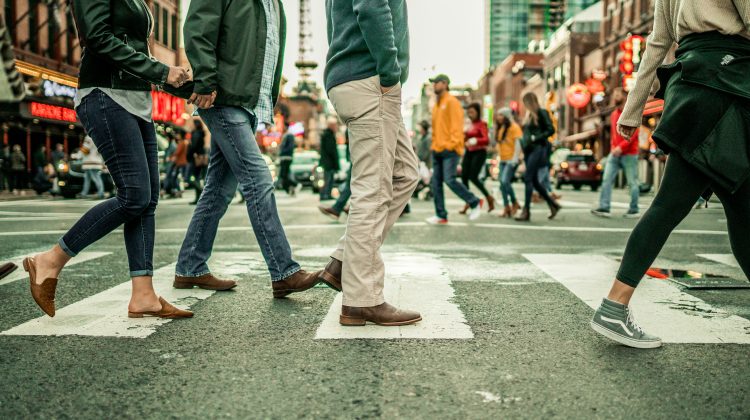Many times, firearms are bought to protect you and the ones you love, or for the joy of going hunting or to the range. Whether you are at home, hunting, or at a range, being a responsible gun owner and understanding firearm safety should always be a priority. Use these 7 rules of gun safety as a guide until they become a habit.
1. Treat every firearm as if it were loaded
Yes, a gun can be unloaded but by automatically assuming a firearm is loaded, improper gun handling will become less of an issue. You may know for a fact that you unloaded your firearm, but what if for some chance you forgot? You decide to handle your firearm recklessly because “it isn’t loaded” and “accidentally” shoot somebody. By assuming a firearm is always loaded and handling it properly at all times your chances of “accidentally” shooting someone or something decrease substantially.
If you always assume a firearm is loaded the following rules will come easily.
2. Never point your gun at something you’re not willing to destroy
Unintentional shootings occur when someone is injured or killed not on purpose. On average there are about 500 deaths per year from unintentional firearm injuries.
Unintentional shootings can easily be prevented by treating every gun as if it were loaded. You wouldn’t want to destroy your foot, so don’t point it there.
3. Be aware of what is behind your target before shooting
Congrats, you hit the target! But where did the bullet go beyond the target? Unless you have a proper backstop that bullet isn’t going to just magically stop. Having a proper backstop behind your target is crucial for stopping the bullet when you penetrate the target, or to stop the bullet in case you miss the target.
If you are hunting make sure to check the surroundings of your target. Making sure there is nothing you could hit that you wouldn’t want to be destroyed, such as a home. If there is something you wouldn’t want to hit relatively close, don’t fire. Choose another spot and wait for another target.
The path of every bullet you fire is your responsibility.
4. Don’t touch the trigger until you are ready to shoot
The safety should be on and your finger should be off the trigger unless you are aiming at your target and ready to fire. The gun isn’t loaded? Keep your finger off the trigger. There is no reason for your finger to be on the trigger unless you are ready to fire.
Your trigger finger should be indexed until you get the shot that you want and are ready to fire. Indexing your finger is when your trigger finger is straight resting outside of the trigger guard on the body of the gun.
5. Unload the firearm before handing it off
Put the safety on and unload the firearm before passing it off to another person. Yes, the gun must be unloaded even if the next person is going to be shooting as well. They can easily load the gun once they are ready.
The user makes the gun shoot, so whether you are receiving or passing the gun, always assume it is loaded and make sure to unload it.
6. Never consume alcohol before or during shooting
Guns and alcohol don’t mix well together. If you are consuming alcohol, or at a place where others are consuming alcohol, a firearm should not be around. Consuming alcohol and being in possession of a firearm is a crime, and shouldn’t be taken lightly.
7. Store ammunition and firearms separately in a safe place
Once you are done with a day hunting or at the range you should always make sure your firearm is unloaded before you leave.
If your firearm is strictly used for protection or if you are taking it hunting or to the range you should always make sure that it is unloaded and stored in a safe place.
Your firearm should always be stored in a gun safe when not in use to keep it out of the hands of children or other people that are not permitted to be using the firearm. Put the unloaded firearm and the ammunition in the safe.
Rules of Gun Safety
Gun safety is an important thing to understand before picking up or purchasing a firearm. Protect yourself and the ones around you by safely and properly handling firearms. If you are hesitant about your knowledge of gun safety take a course before putting your finger on the trigger. Most ranges have safety training courses you can attend or you can even do an online course if that is more convenient.
You can never be too safe.




No Comment